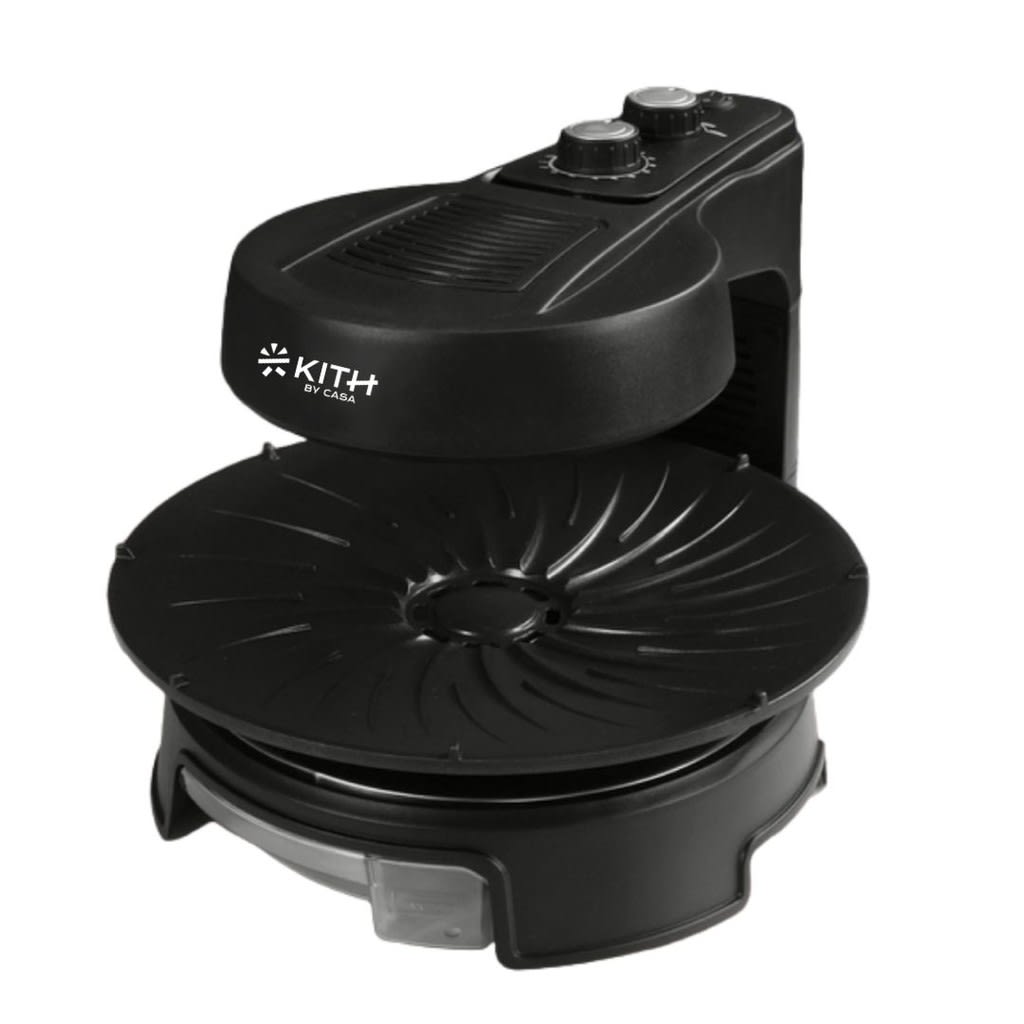Best Grills That Don't Smoke For Every Kitchen
Conduction, convection, and radiation are three ways to cook.

The first Smokeless Indoor Grill were bought on the spot while people were watching late-night TV, but what started out as a simple panini press has grown into a kitchen appliance that can do a lot more. From simple grills that could make a small burger in five minutes, we now have grills that can brown, sear, toast, and even dry out food. Models now come with grilling and griddling options to give you more options.
Compared to the models of the past, there are many different sizes, capacities, capabilities, weights, and designs on the market. Busy cooks find these tools to be essential in the kitchen. We put the top brands through tests in our test kitchens to see how they compared to each other. Find out below what made our top list and what didn't.
Conduction, convection, and radiation are three ways to cook. Radiation is known by a number of other names outside of cooking science classes that have negative connotations. However, whether you cook with radiant heat, infrared, or a microwave, radiation is the new kid on the block. Infrared is becoming the method of choice for more and more cooks, especially those who cook in their backyards with infrared gas grills and burners.
Cooking Types
Conduction is a way to cook where heat goes directly from one thing to another. This is like frying something in a pan. When the hot pan touches the food, it sends heat to the food. This is the most slow and inefficient way to cook. This is what happens when food touches the cooking grate on your grill. Convection is a way to cook using fluids, like when you boil a potato in water or roast a chicken in an oven. Convection is the flow of hot air around your food on your grill, which happens most often when you grill without direct heat.
Radiation: This isn't like any other way of cooking at all. When you cook with radiation, you aim a form of electromagnetic energy at the food you are cooking. This can be like cooking in a microwave or using radiant heat from an electric heating element, like in your oven (especially for broiling) or toaster. Hot things give off heat, so the hot coals in a charcoal grill give off some radiant energy (charcoal cooking is about 25 percent radiant or infrared cooking).
Infrared: Infrared (also spelled "Infra-Red") has become the word to use when cooking outside. All of this started in 2000, when the patent for the infrared burner ran out. This meant that anyone could use this technology to make a gas grill. Over the last few years, this technology has made its way down to gas grills that cost less than $500 and include side burners, sear burners, and any other feature you might want. Now, people call the infrared burner the microwave of the outdoor kitchen and say it saved the gas grill business. But will infrared help you to cook better?
Infrared Burners
There are a number of different kinds of infrared burners and grills on the market. TEC, the company that came up with the idea, has made an infrared burner that gives off only infrared energy. This completely encased burner puts a gas burner under several layers of stainless steel emitters to stop all airflow (convection) and only produce radiant heat. Other, older burners use ceramic tiles to emit the radiant energy, but they still make hot air, so they cook with about 50 percent infrared.
Char-Broil found that they could make an infrared grill by putting a gas burner under a metal barrier and keeping the flame away from the cooking area. This kind of grill, like The Holland Grill, has actually been around for decades. The truth is that there are a lot of grills just like this one on the market. These grills work by heating up a large metal box that you cook in, like an oven but with a cooking grate and a lid.
Why Infrared
The most important thing to know about infrared grills and burners is that they heat up much faster and reach much higher temperatures than regular grills. People often say that the cooking surface of these grills can reach well over 700 degrees F (370 degrees C) in as little as 7 minutes. Pretty cool, but what good does it do you? Manufacturers of infrared grills say that their products quickly sear meat, seal in juices, and cook faster than any other grill.
These claims are wrong because that's not how searing works. Searing doesn't keep the juices in. Instead, it browns and caramelizes the surface of the meat. The Maillard reaction is the browning process that happens between 300 and 500 degrees F (150 and 260 degrees C). So, we can conclude that infrared cooks faster. You can't say anything against that. The best thing about infrared grills is how fast and hot they cook.
About the Creator
Enjoyed the story? Support the Creator.
Subscribe for free to receive all their stories in your feed.





Comments
There are no comments for this story
Be the first to respond and start the conversation.